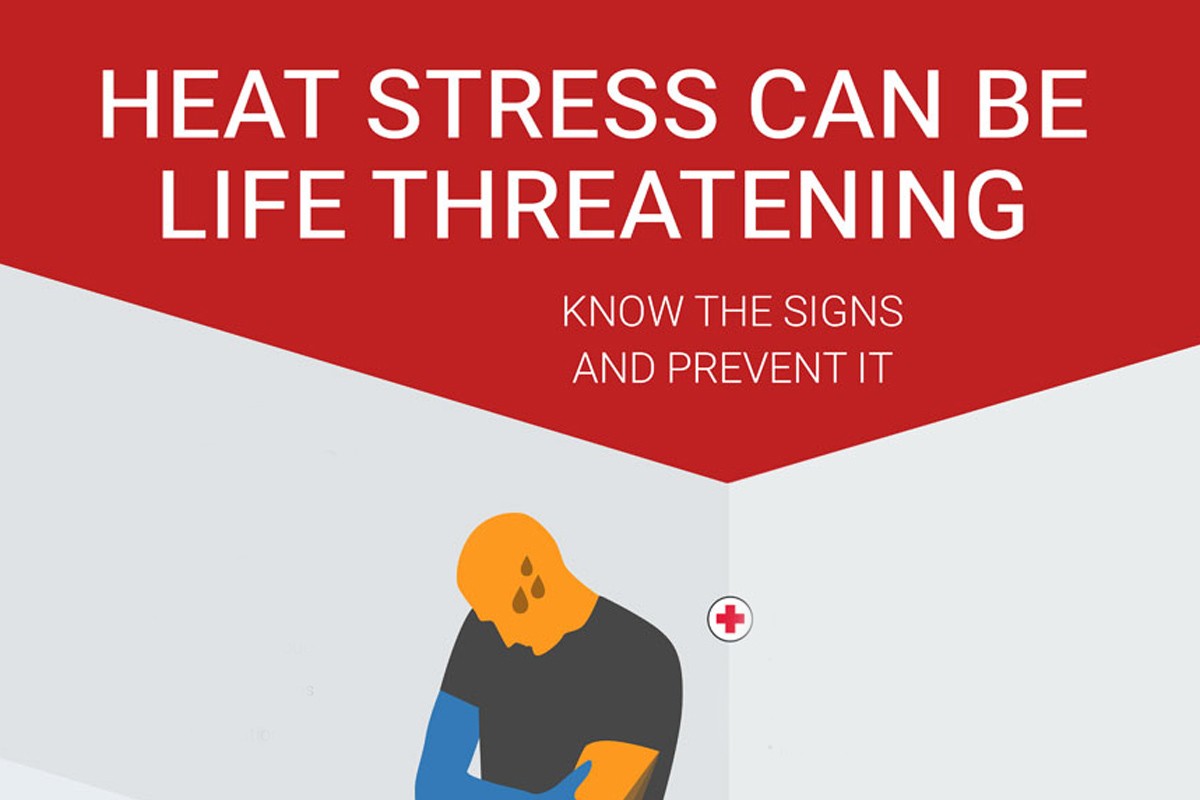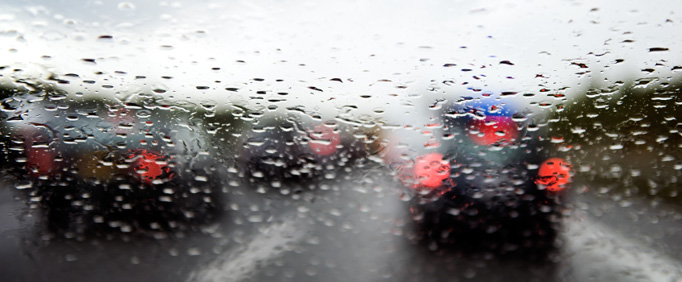Aug 05, 2020
Heat Stress

Heat stress is the total burden on the body due to physical activity, environmental sources including:
- Air temperature
- Humidity
- Air movement
- Radiation from the sun
- Clothing
How to Beat the Heat:
1. Wear lightweight, light-colored clothing
2. Pace yourself during your work day. Schedule heavy work during cooler parts of the day.
3. Drink plenty of cool water. (1 cup of cool water every 15-20 minutes is recommended)
4. Avoid caffeinated soft drinks that could dehydrate the body (tea, coffee, soda, alcohol)
5. Take short, frequent breaks in a cool shaded area.
Be Aware of Heat Stroke Symptoms:
- Mental confusion, delirium, convulsions, unconsciousness
- Internal body temperature of 106 degrees or higher
- Hot, dry skin that is reddish or bluish in color
- Strong rapid pulse
Heatstroke is a medical emergency - call 911 immediately. While waiting for medical help, move the victim to a cool area while wiping or spraying skin with cool water.
Heat Exhaustion Symptoms:
- Excessive sweating
- Thirst
- Weakness and fatigue
- Nausea and headache
- Slightly elevated internal body temperature
Wet Weather Driving

Wet pavement contributes to nearly 1.2 million traffic crashes each year. Here are some tips you may want to follow the next time you're traveling in the rain:
Avoid Cruise Control
Most modern cars feature cruise control, which works great in dry conditions but not wet conditions. In wet conditions, the chance of losing control of the vehicle can increase.
Avoiding cruise control allows the driver more options to choose from when responding to a potential loss-of-traction situation, thus maximizing your safety.
Slow Down and Leave Room
Slowing down during rainy weather can be critical to reducing a car's chance of hydroplaning. Drivers should reduce their speed to correspond to the amount of water on the roadway. At speeds as low as 35 MPH, new tires can lose some contact with the road.
To reduce chance of hydroplaning, drivers should slow down, avoid hard breaking or sharp turns and driving in the tracks of the vehicle ahead of you. It;s also important for motorists to allow ample stopping distance between cars by increasing the following distance of the vehicle in front of them and beginning to slow down to stop for intersections, turns, and other traffic early.
Responding to a Skid
Even careful drivers can experience skids. If a driver feels their car is beginning to skid, it's important to not panic and follow these basic steps:
- Continue to look and steer in the direction in which the driver wants the car to go.
- Avoid slamming on the breaks as this will further upset the vehicle's balance and make it harder to control.
- Continue to look and steer in the direction you want the car to go. Don't panic and avoid slamming on the breaks to maintain control.